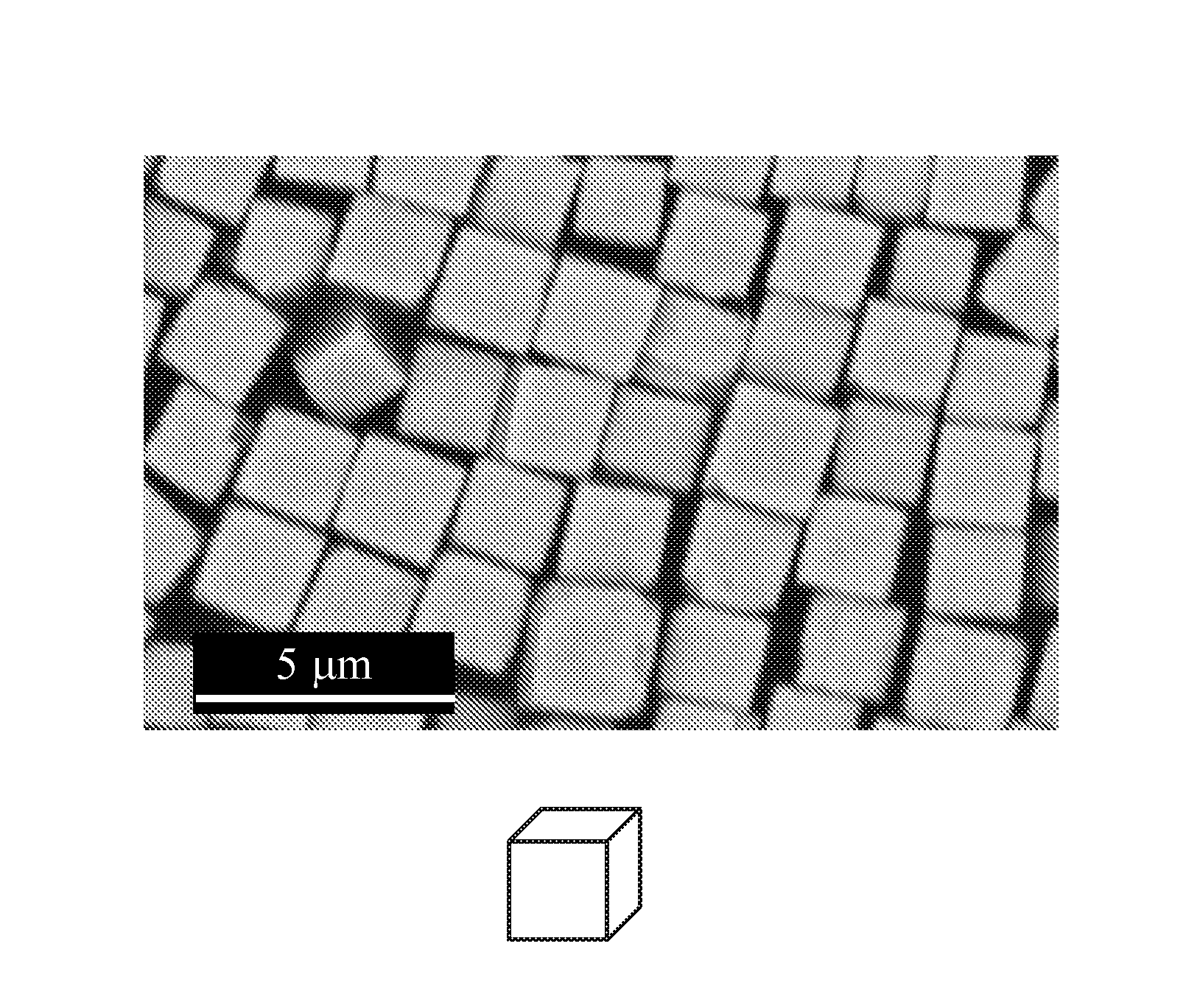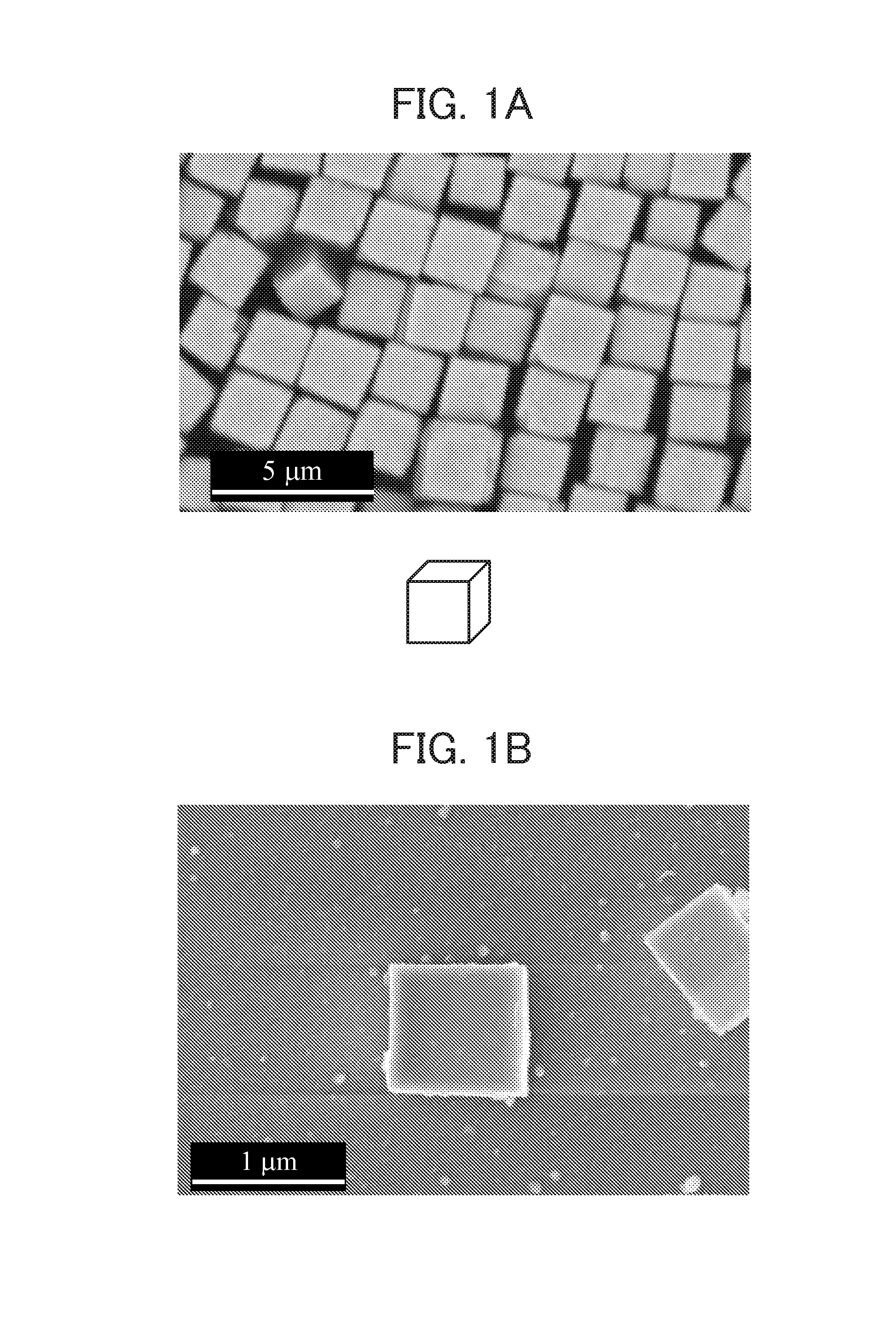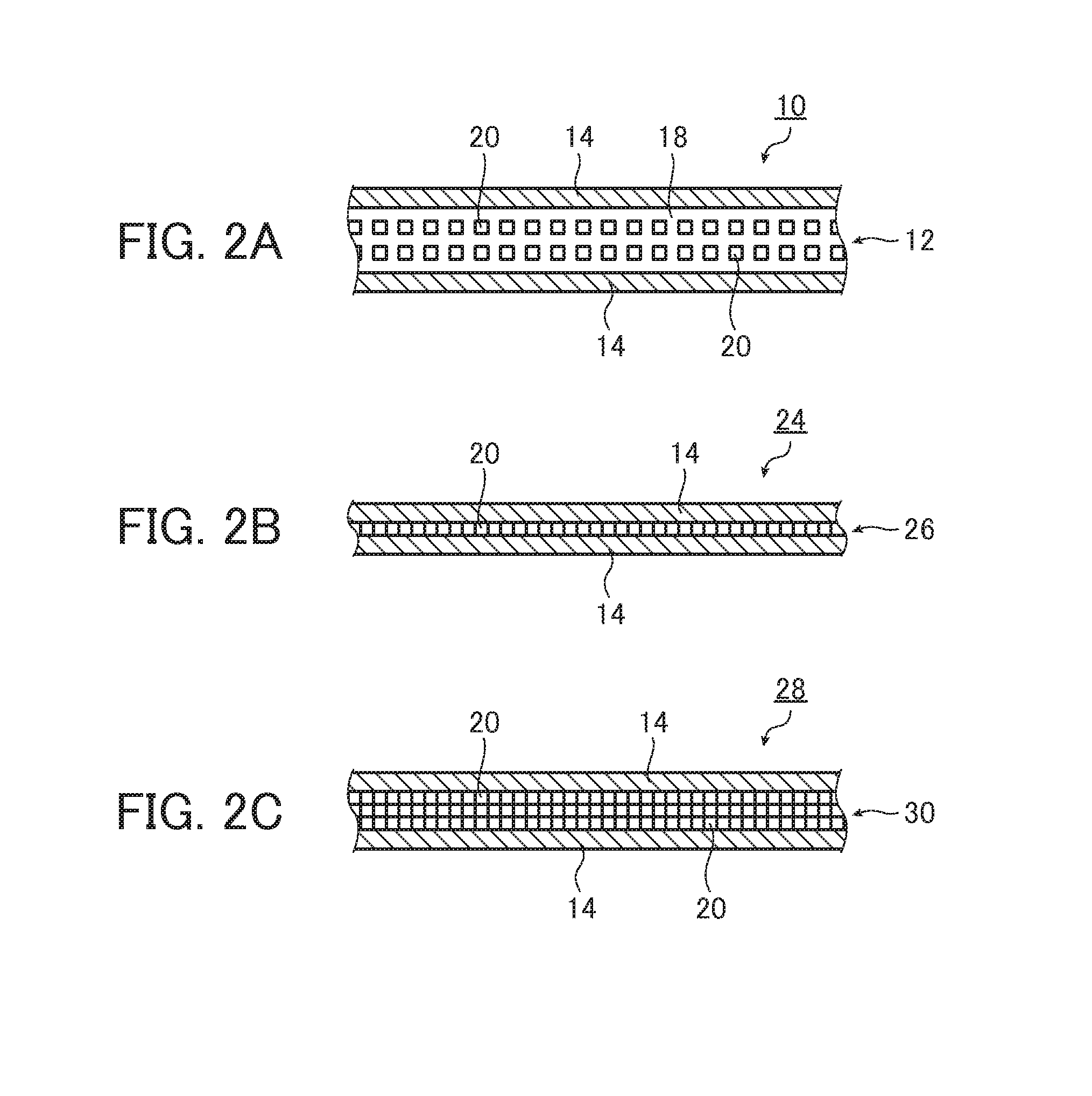Oxide particles, piezoelectric element, and method for producing oxide particles
- Summary
- Abstract
- Description
- Claims
- Application Information
AI Technical Summary
Benefits of technology
Problems solved by technology
Method used
Image
Examples
example 1
[0191]Lead acetate trihydrate (3.76 g; manufactured by Wako Pure Chemical Industries, Ltd.) and H4EDTA (2.91 g; manufactured by Dojindo Laboratories) were provided.
[0192]These lead acetate trihydrate and H4EDTA were added to 15 g of pure water and stirred until both of them were sufficiently dispersed to prepare a mixed liquid.
[0193]Thereafter, a first raw material was prepared by adding potassium hydroxide to this mixed liquid until it became a transparent solution. Note that the added amount of the potassium hydroxide was 2.91 g.
[0194]Separately, 1.496 g of zirconium oxychloride (manufactured by Wako Pure Chemical Industries, Ltd.) and 0.3434 g of titanium oxide powder (manufactured by Nippon Aerosil Co., Ltd.) were provided.
[0195]These zirconium oxychloride and titanium oxide powder were added to 10 g of pure water, and stirred for 1 hour to prepare a second raw material.
[0196]The first raw material and the second raw material prepared in this manner were mixed and stirred until ...
example 2
[0209]PZT particles were produced in the same manner as in Example 1 except for changing the amount of zirconium oxychloride to 1.6151 g and the amount of titanium oxide powder to 0.3139 g, and the PZT particles were heat-treated.
[0210]The shapes, sizes, surface porosities, and compositions of the obtained PZT particles before and after the heat treatment were measured in the same manner as in Example 1.
[0211]As a result, for the shapes, sizes, and surface porosities, no changes were observed before and after the heat treatment. The PZT particles had a cube shape with the size of 1 to 2 μm, and the surface porosity was substantially 0%.
[0212]Furthermore, both of the compositions before and after the heat treatment were Pb(Zr0.56Ti0.44)O3 (x=0.56).
example 3
[0213]PZT particles were produced in the same manner as in Example 1 except for changing the amount of zirconium oxychloride to 1.7537 g and the amount of titanium oxide powder to 0.2795 g, and the PZT particles were heat-treated.
[0214]The shapes, sizes, surface porosities, and compositions of the obtained PZT particles before and after the heat treatment were measured in the same manner as in Example 1.
[0215]As a result, for the shapes, sizes, and surface porosities, no changes were observed before and after the heat treatment. The PZT particles had a cube shape with the size of 1 to 2 μm, and the surface porosity was substantially 0%.
[0216]Furthermore, both of the compositions before and after the heat treatment were Pb(Zr0.60Ti0.40)O3 (x=0.60).
PUM
| Property | Measurement | Unit |
|---|---|---|
| Temperature | aaaaa | aaaaa |
| Temperature | aaaaa | aaaaa |
| Fraction | aaaaa | aaaaa |
Abstract
Description
Claims
Application Information
 Login to View More
Login to View More - R&D
- Intellectual Property
- Life Sciences
- Materials
- Tech Scout
- Unparalleled Data Quality
- Higher Quality Content
- 60% Fewer Hallucinations
Browse by: Latest US Patents, China's latest patents, Technical Efficacy Thesaurus, Application Domain, Technology Topic, Popular Technical Reports.
© 2025 PatSnap. All rights reserved.Legal|Privacy policy|Modern Slavery Act Transparency Statement|Sitemap|About US| Contact US: help@patsnap.com



